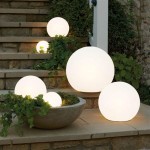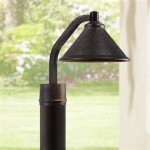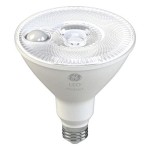The Essential Guide to the Best Manual Settings for Outdoor Photography Beginners
Stepping into the realm of outdoor photography can be exhilarating, but it also presents its fair share of challenges. Mastering manual mode is key to unlocking your camera's full potential and capturing stunning images. Here's a comprehensive guide to the essential manual settings for outdoor photography beginners.
Aperture
Aperture controls the depth of field, the area of focus in your image. A wide aperture (e.g., f/2.8) creates a shallow depth of field, blurring the background and highlighting the subject. A narrow aperture (e.g., f/16) achieves a greater depth of field, keeping most of the scene in sharp focus. For outdoor shots, a wide aperture is often desirable for isolating the subject, while a narrow aperture is ideal for capturing sweeping landscapes.
Shutter Speed
Shutter speed determines the amount of time the camera's sensor is exposed to light. A fast shutter speed (e.g., 1/250s) freezes motion, making it suitable for capturing subjects in motion. A slow shutter speed (e.g., 1/30s) lets more light into the camera, allowing you to use a lower aperture in low-light conditions. However, it can lead to camera shake, so using a tripod is essential.
ISO
ISO measures the camera's sensitivity to light. A low ISO (e.g., 100) produces less noise and is suitable for well-lit conditions. A high ISO (e.g., 800) increases the camera's sensitivity, allowing you to capture images in low light. However, it also introduces more noise, which can degrade image quality.
Exposure Compensation
Exposure compensation adjusts the camera's exposure settings to make images brighter or darker. If your images are consistently too dark or too bright, adjust the exposure compensation accordingly. This is especially useful in challenging lighting conditions, such as when shooting against the sun or in dense shade.
White Balance
White balance ensures accurate color reproduction in your images. Different light sources emit colors differently, and your camera needs to adjust to maintain the neutrality of white objects. Choose the appropriate white balance setting based on the lighting conditions (e.g., daylight, shade, tungsten) for more lifelike colors.
Tips for Beginners
- Start with a base setting of f/8, 1/125s, and ISO 100.
- Adjust the aperture for depth of field and the shutter speed for motion.
- Increase ISO as necessary, but be mindful of noise.
- Use exposure compensation to fine-tune brightness.
- Set the white balance correctly for accurate colors.
Conclusion
Mastering manual mode empowers you to control every aspect of your outdoor photography. By understanding the essential settings and how they impact your images, you can capture stunning shots that showcase your vision and creativity. Experiment with different combinations of aperture, shutter speed, ISO, exposure compensation, and white balance to achieve the perfect balance that matches your artistic intent.

How To Take Outdoor Portraits Like A Pro Live Snap Create

Settings For Portraits Taken Indoors Outdoors

How To Take Outdoor Portraits Like A Pro Live Snap Create

How To Shoot In Manual Mode Cheat Sheets For Beginners

How To Shoot In Manual Mode Cheat Sheets For Beginners

Manual Settings For Beginner Photographers

The Absolute Beginners Guide To Settings

How To Take Outdoor Portraits Like A Pro Live Snap Create

10 Settings And Equipment Tips For Portrait Photography

Settings For Portraits Taken Indoors Outdoors







